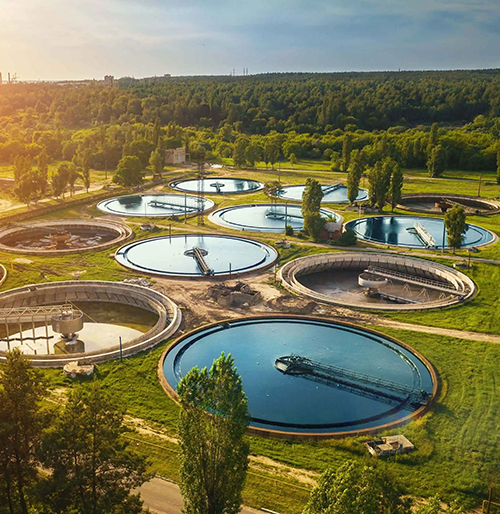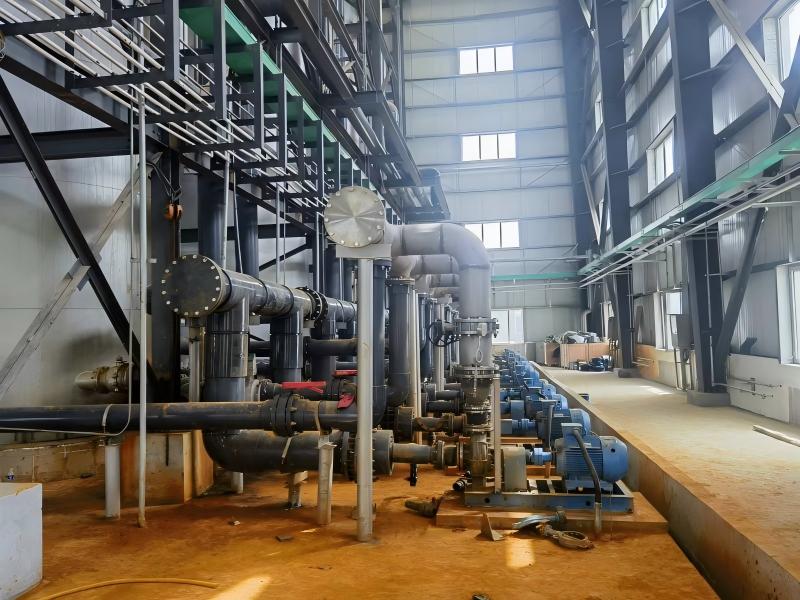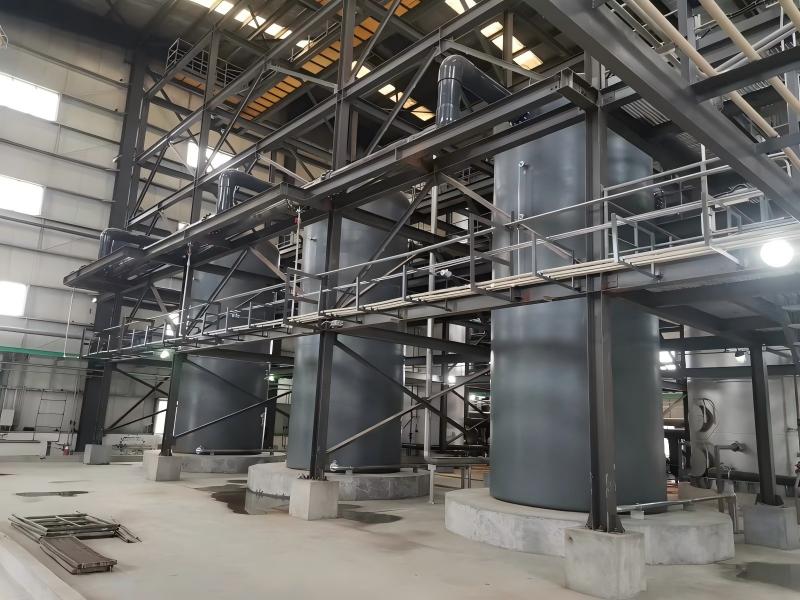
How to Treat Hard-to-Degrade Industrial Wastewater
There are usually two options: one is activated carbon adsorption, and the other is advanced oxidation process(AOP).
Activated carbon adsorption is generally effective but also expensive. Additionally, the sludge production after use must be considered. Therefore, it is only considered when the goal is nearly achieved—the "last mile" of compliance—and cannot be used frequently.
Advanced oxidation offers more options: ozone, electrocatalysis, wet oxidation, and Fenton.
Ozone is suitable for low-salinity and low-COD scenarios, wet oxidation is suitable for high-COD scenarios, and electrocatalysis is suitable for high-salinity scenarios.
Fenton is versatile, applicable to low or high salinity, low or high COD—basically, it can be used in all scenarios. However, Fenton also has drawbacks, such as high chemical consumption, hazardous chemical management, significant iron sludge production, high operating costs, etc.
Therefore, research and development to address the shortcomings of the Fenton process have never stopped.
1.0 Version Fenton: Conventional Fenton
The 1.0 version of the Fenton process primarily involves the catalytic decomposition of H₂O₂ by Fe²⁺ under acidic conditions, initiating and propagating a free radical chain reaction.
During this chain process, strong oxidizing agents, represented by ·OH (oxidation potential of 2.83V, second only to fluorine), are generated. These agents attack organic molecules in the water, degrading them.
After the oxidation is complete, the pH is adjusted back with alkali, causing Fe³⁺ in the solution to form iron salt flocs. This further removes some remaining organic matter through adsorption and flocculation sedimentation, achieving a "double kill" of COD.
In terms of reaction effectiveness, the 1.0 version of Fenton is entirely capable, achieving its strategic goal of significantly reducing COD levels while improving the B/C ratio of the remaining organic matter.
The drawback is the high chemical consumption and excessive iron sludge production. Most of the time, the cost of treating the iron sludge alone equals the total cost of all chemicals used, which is a major headache.
2.0 Version Fenton: Fluidized Bed Fenton

By adding a certain amount of filler, such as 1mm quartz sand, to the traditional Fenton reaction, and using an external circulation pump to fluidize the filler, it continuously flows in the system, constantly contacting components like Fe²⁺, Fe³⁺, Fe(OH)₃, and FeOOH.
Over time, an iron sludge biofilm develops on the surface of the filler—initially yellow, then red, and finally brown.
This inconspicuous biofilm contains a large amount of enriched FeOOH, which can replace Fe²⁺, directly reducing iron sludge production.
At this point, the reaction state in the Fenton reactor is no longer just the 1.0 version of homogeneous chemical oxidation. Instead, it encompasses homogeneous chemical oxidation (Fe²⁺/H₂O₂), heterogeneous chemical oxidation (H₂O₂/FeOOH), fluidized bed crystallization, and FeOOH reduction dissolution, improving COD removal rates while reducing chemical consumption and sludge production.
In summary, compared to the homogeneous reaction of the 1.0 version Fenton process, the most significant feature of the 2.0 version is the introduction of a heterogeneous concept.
Fluidized bed Fenton technology replaces some non-recyclable homogeneous catalysts with reusable heterogeneous fillers, achieving reduced iron sludge production through a mixed state of homogeneous and heterogeneous reactions.
However, in practice, the 2.0 version of fluidized bed Fenton technology faces three main issues:
(1) After running for some time, as the crystal particles gradually grow larger, the filler needs regular cleaning and replacement, resulting in periodic consumable costs.
(2) If the filler is not cleaned and replaced in time, it is prone to hardening and clogging, reducing operational efficiency and increasing overall operating costs.
(3) With more power equipment, the failure rate naturally increases.
3.0 Version Fenton: Magnetic Fenton

This version adopts a new reactor and principle, introducing the concept of magnetization. An external magnetic field is applied by installing permanent magnets or electromagnetic devices inside or outside the equipment, continuously magnetizing the water in the reactor.
After magnetization, the arrangement order between pollutant molecules and water molecules changes. Effects such as increased energy, reduced reaction thresholds, and improved electron transfer efficiency occur, making it easier for ·OH to contact COD.
Using a targeted approach to oxidize COD, the consumption of H₂O₂ can be effectively reduced. With proper operation, the 3.0 version of magnetic Fenton technology can even achieve 30–40% of the H₂O₂ consumption of the 2.0 version.
Compared to the 1.0 and 2.0 versions of Fenton technology, the 3.0 version of magnetic Fenton technology offers four main features:
(1) No need for quartz sand or iron-carbon fillers.
Magnetized wastewater facilitates the oxidative action of ·OH, significantly reducing the consumption of Fe²⁺ and H₂O₂, broadening the spectrum of pollutant treatment, and enabling reactions within a wider pH range, reducing chemical consumption.
(2) Avoids hardening and clogging, with good system stability and low maintenance.
The 2.0 version of Fenton technology commonly suffers from calcium crystallization and crystal growth, causing system clogging and hardening.
The 3.0 version of magnetic Fenton does not require any filler, crystallization, adsorption, or filtration systems, naturally avoiding issues like adsorption clogging or saturation regeneration.
By fundamentally eliminating the operational problems of the 2.0 version, the 3.0 version significantly reduces system failure rates and ensures long-term stable operation.
(3) Greatly reduced sludge production.
Due to magnetization, the 3.0 version of magnetic Fenton technology reduces Fe²⁺ usage, significantly cutting iron sludge production. Compared to fluidized bed Fenton, sludge production can be reduced by about 30%.
(4) Elimination of effluent discoloration and floating sludge.
The 3.0 version of magnetic Fenton technology reduces the use of Fe²⁺ and H₂O₂, thereby greatly decreasing the residual Fe³⁺ and H₂O₂ in the wastewater. This effectively addresses issues like discoloration and floating sludge, resulting in clearer and more transparent effluent.
